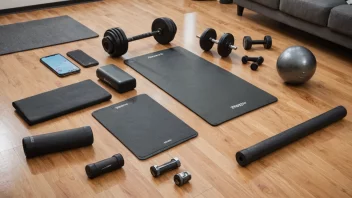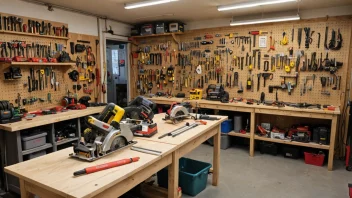When it comes to backpacking, the gear you choose can make or break your experience in the great outdoors. Whether you're a seasoned hiker or a novice adventurer, the weight of your equipment plays a critical role in your comfort and efficiency on the trail. Carrying heavy gear can lead to fatigue, discomfort, and even injuries, which is why lightweight gear has become increasingly popular among backpackers. In this article, we will delve into the significance of lightweight gear, explore the benefits it offers, and provide practical tips for selecting the right equipment for your next backpacking adventure.
Understanding Lightweight Gear
Lightweight gear refers to equipment specifically designed to minimize weight without sacrificing functionality or safety. This includes a wide range of items such as tents, sleeping bags, cooking apparatus, and clothing. The goal is to create a gear set that allows you to travel further and enjoy your hike without the burden of excess weight. But why is this so important?
Benefits of Lightweight Gear
Choosing lightweight gear comes with several advantages that can enhance your backpacking experience:
- Reduced Fatigue: Carrying less weight means reduced strain on your body, allowing you to hike longer distances with greater ease.
- Enhanced Mobility: Lightweight gear allows for greater agility and speed on the trail, making it easier to navigate challenging terrains.
- Improved Comfort: With less bulk, you can maintain better posture and reduce the risk of discomfort, blisters, and other injuries.
- Increased Packing Efficiency: Lightweight gear often comes in compact sizes, allowing you to fit more essentials into your pack.
- Longer Trips: With less weight, you're less likely to tire out quickly, enabling you to extend your backpacking trips and enjoy the wilderness longer.
Key Gear Categories to Consider
When selecting lightweight gear, it’s crucial to pay attention to various categories of equipment. Below are some essential items to consider, along with tips on what to look for:
1. Tents
A tent is often one of the heaviest pieces of gear you’ll carry. Look for ultralight options made from durable materials. Consider the following:
- Weight: Aim for a tent weighing under 3 pounds for solo trips.
- Setup: Choose a tent that is easy to pitch, ideally with a single pole design or a freestanding option.
- Weather Resistance: Ensure it has a good waterproof rating to keep you dry in inclement weather.
2. Sleeping Bags
Your sleeping bag is essential for a good night's rest. Lightweight synthetic or down bags can significantly reduce pack weight:
- Temperature Rating: Choose a bag suitable for the conditions you expect.
- Compression: Look for bags that compress well for easy packing.
- Insulation: Down bags tend to be lighter but can be more expensive; synthetic bags are bulkier but often more affordable and wet-weather resistant.
3. Cooking Gear
Cooking gear doesn’t need to weigh you down. Opt for lightweight stoves and cookware:
- Stove Type: Canister stoves are typically lighter than liquid fuel stoves.
- Cookware: Titanium or aluminum pots and pans provide excellent heat conductivity while remaining lightweight.
- Utensils: Consider multipurpose tools to reduce the number of items you carry.
4. Clothing
Your clothing choices can also impact your overall pack weight:
- Materials: Choose moisture-wicking, fast-drying fabrics that are lightweight and durable.
- Layering: A layering system allows you to adjust to changing weather while minimizing bulk.
- Footwear: Invest in lightweight hiking boots that provide support without unnecessary weight.
Tips for Selecting Lightweight Gear
Choosing the right lightweight gear can be overwhelming, especially with so many options on the market. Here are some practical tips to streamline your selection process:
1. Research and Reviews
Before making a purchase, read reviews from fellow backpackers and outdoor enthusiasts. Websites and forums often provide valuable insights into the pros and cons of different products.
2. Try Before You Buy
If possible, visit a store to physically handle the gear. Pay attention to the feel of the materials, weight, and how compact they can become when packed.
3. Prioritize Functionality
While weight is important, don’t sacrifice functionality. Ensure that the gear you choose meets your specific needs and can withstand the conditions you’ll face.
4. Consider Multi-Use Items
Opt for gear that can serve multiple purposes. For example, a sleeping pad can double as a seat cushion, and a bandana can serve various functions from a sweatband to a first aid accessory.
5. Maintain Your Gear
Proper care and maintenance can extend the life of your lightweight gear. Clean, store, and repair items regularly to keep them in top condition.
Conclusion
In the world of backpacking, the importance of lightweight gear cannot be overstated. It allows you to hike farther, enjoy the outdoors more, and return home without the aches and pains associated with carrying heavy loads. By understanding the benefits of lightweight gear and knowing what to look for, you can select the right equipment to enhance your adventures. Remember, the goal is to strike a balance between weight, durability, and functionality, which will ultimately lead to a more enjoyable and fulfilling backpacking experience.






